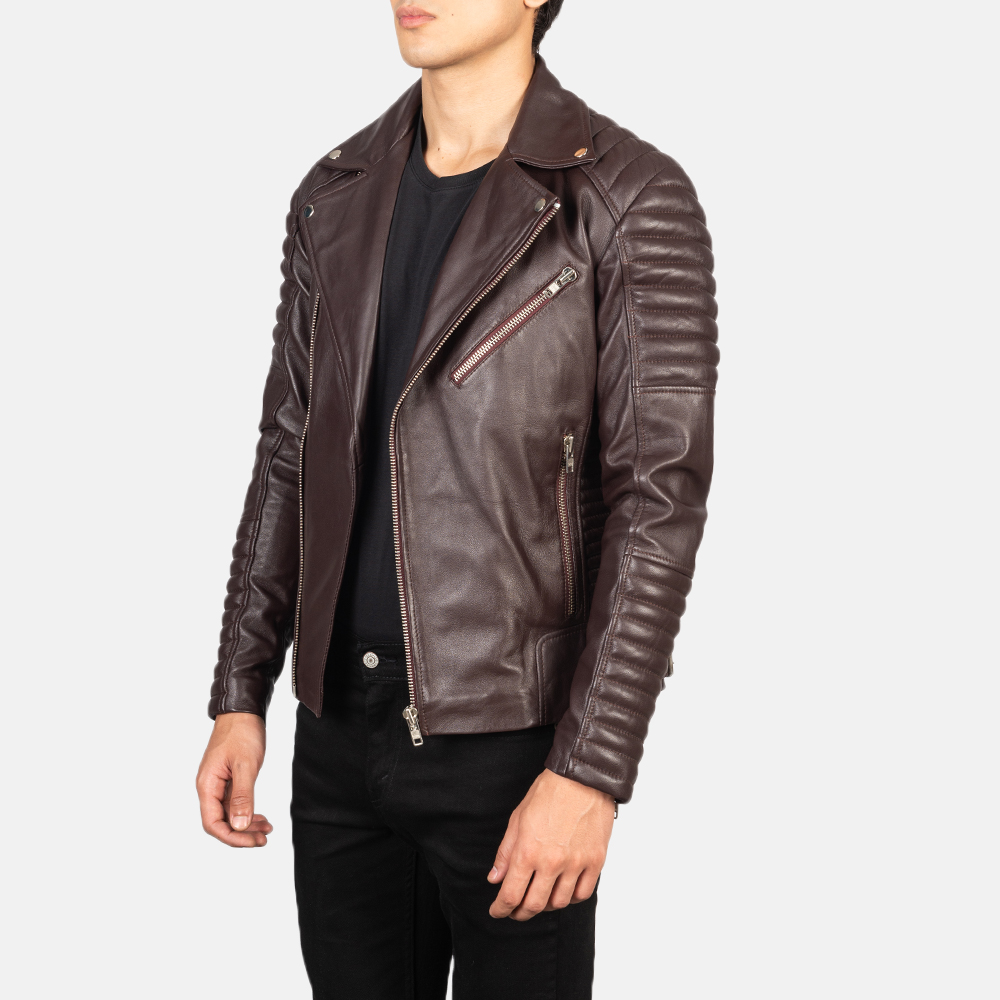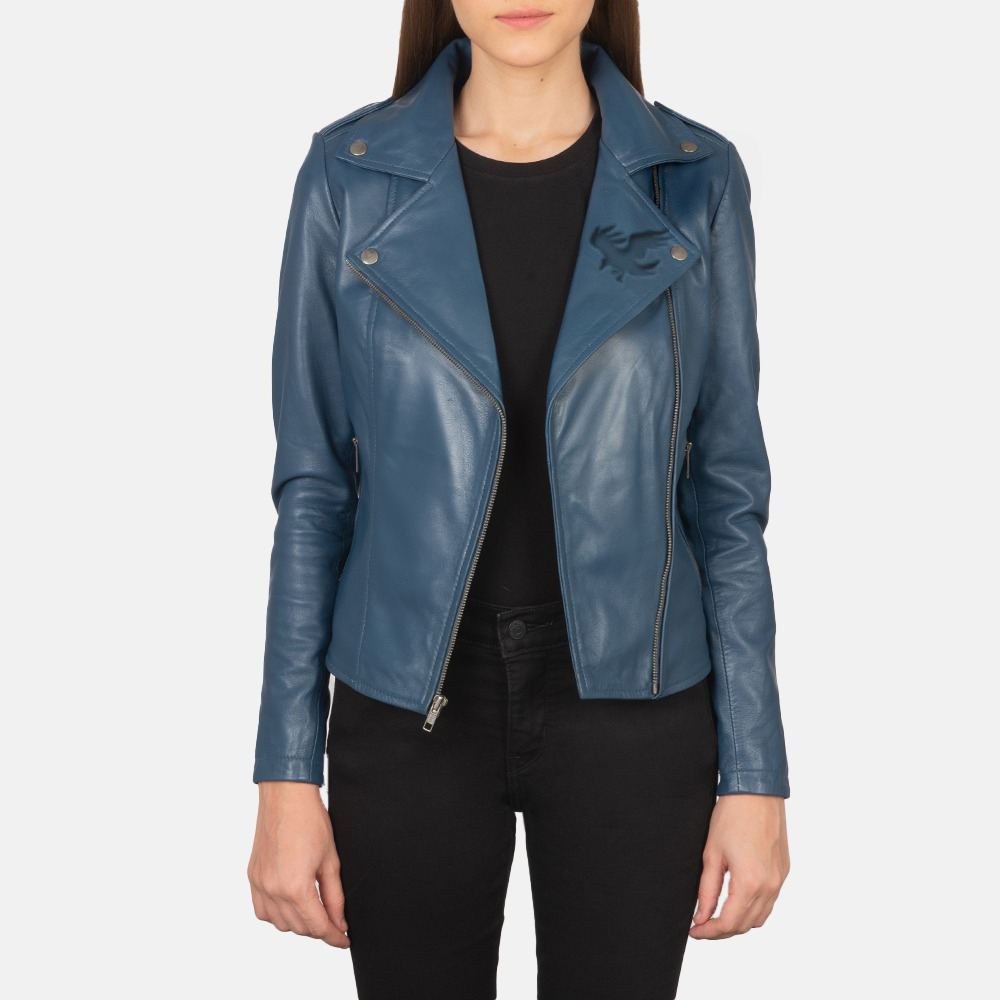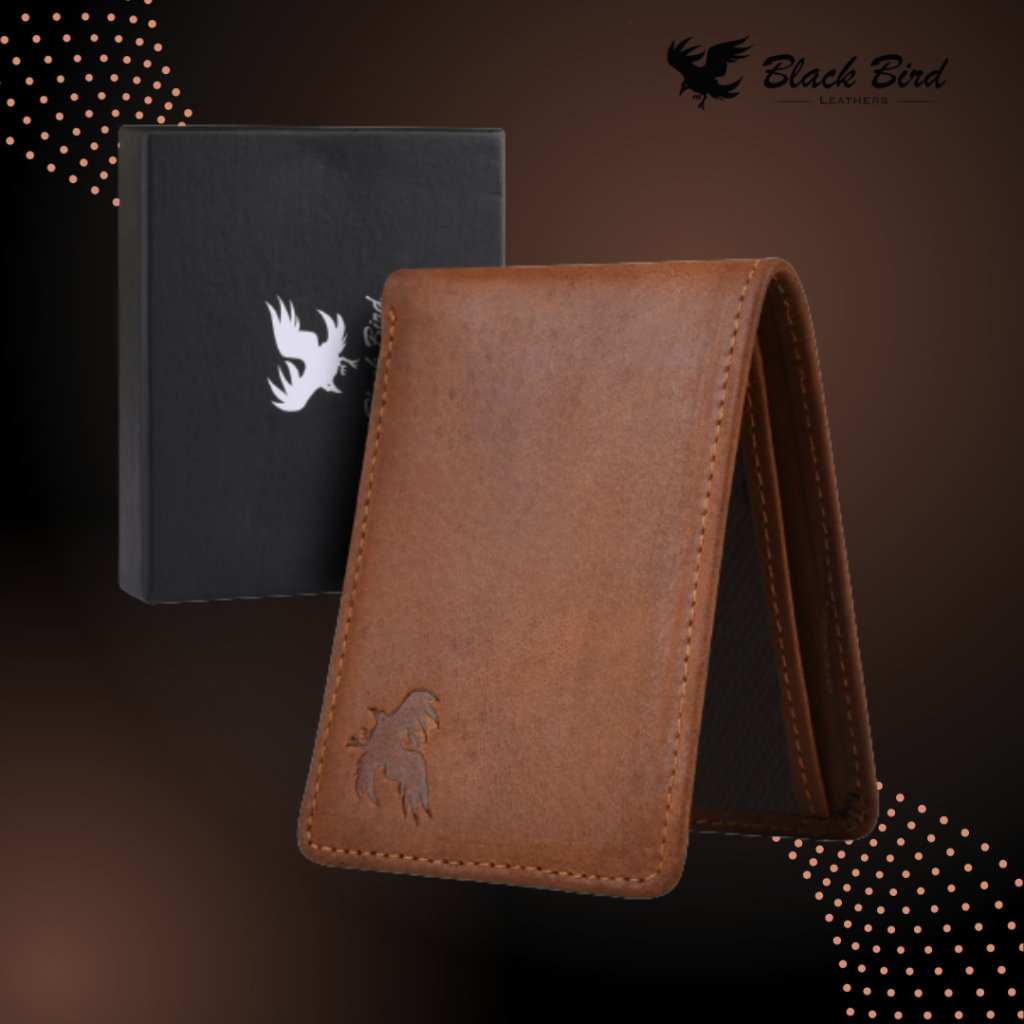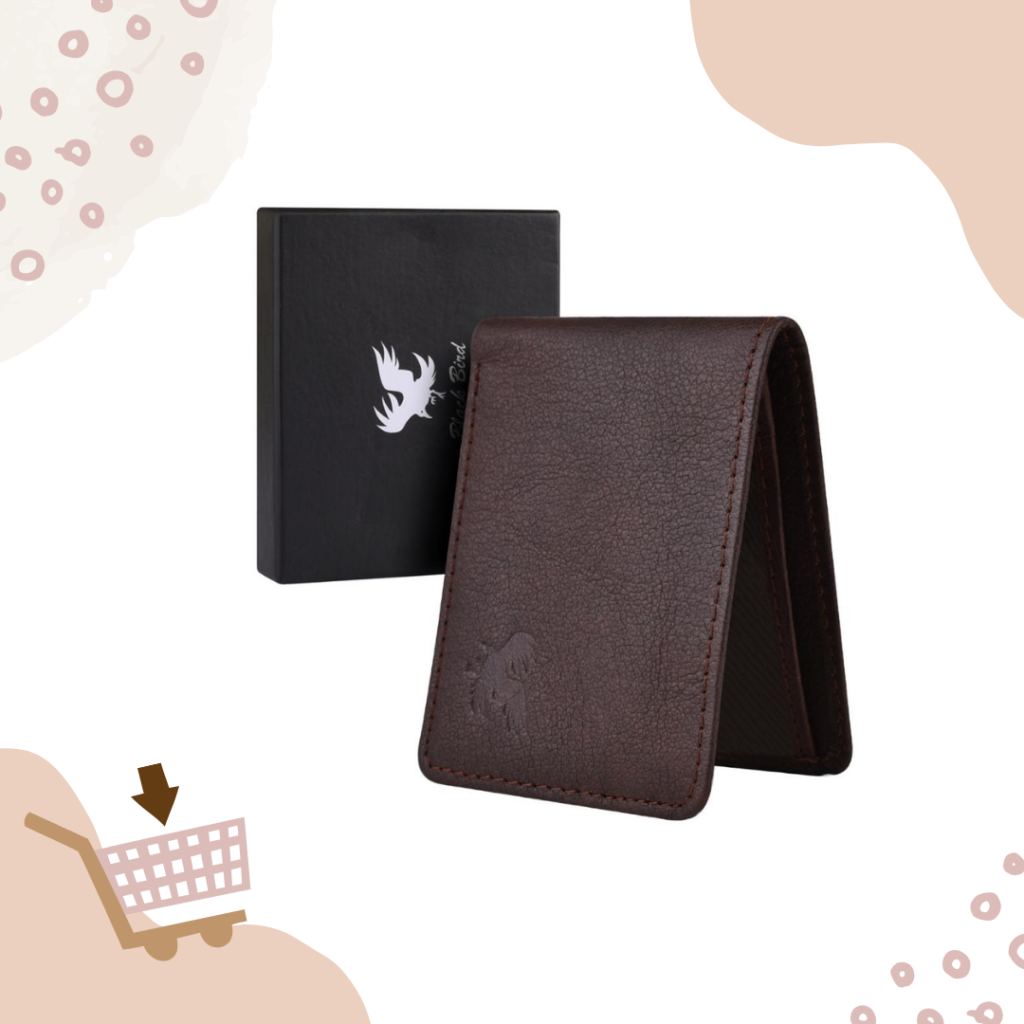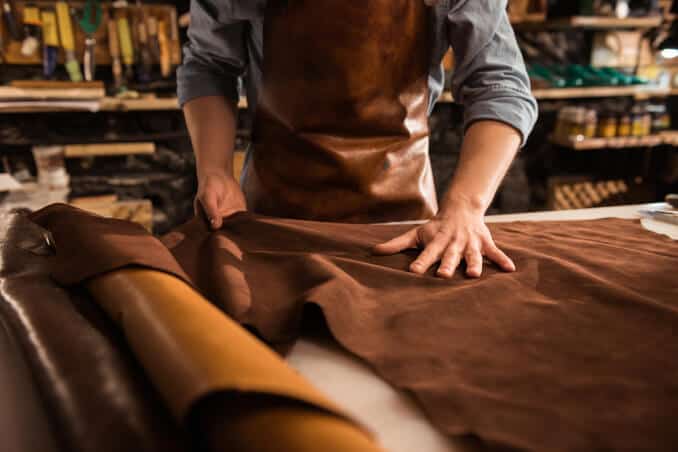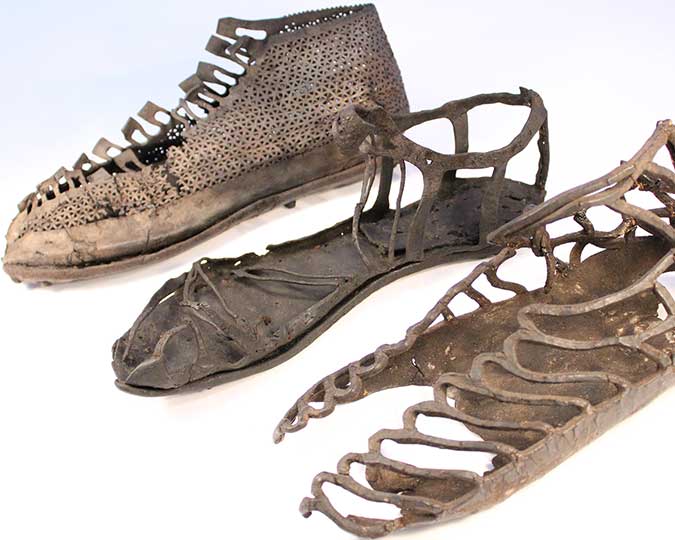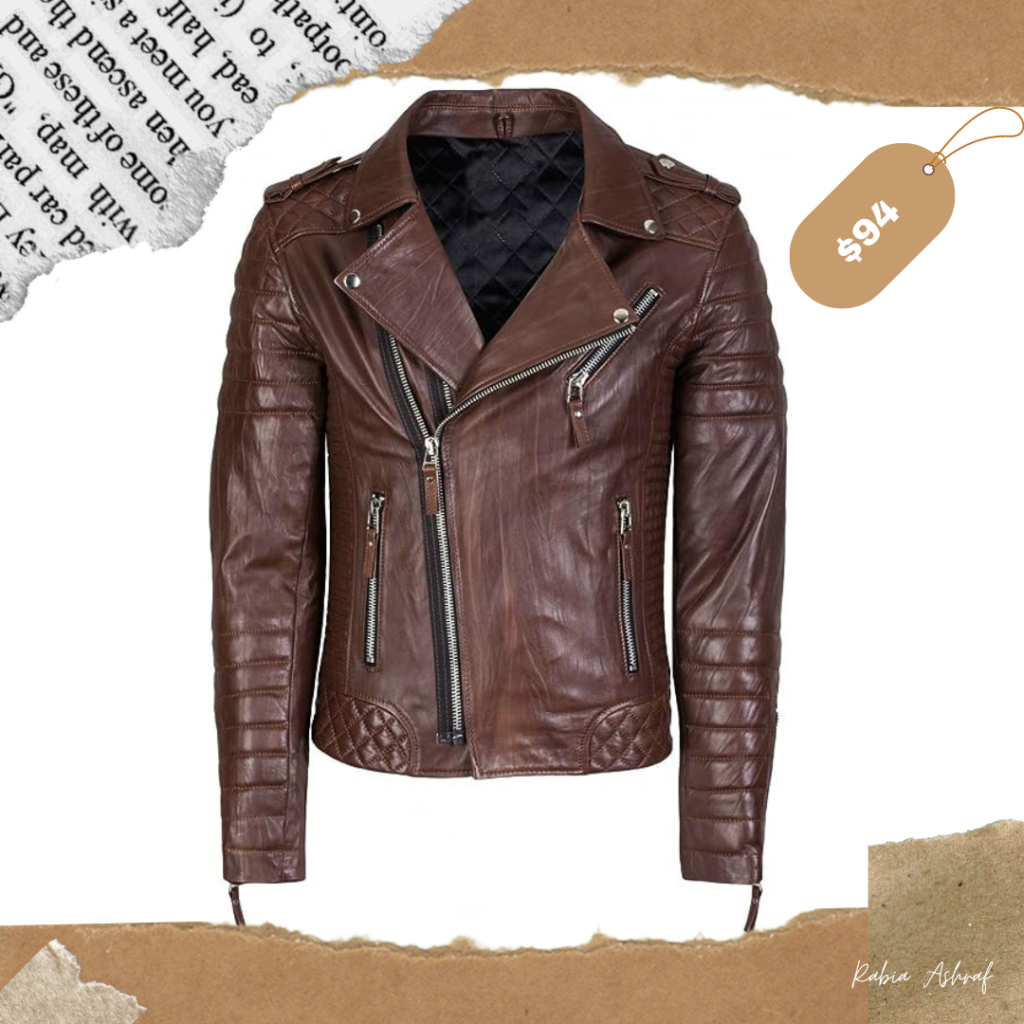Leather has been a coveted material for centuries for its durability and timeless appeal. In 2023, the global leather industry will continue to thrive, with various countries contributing significantly to its production. Top 10 leather-producing countries – With millions of jobs worldwide, the global leather industry is a crucial economic sector. The size of the global market for leather goods is predicted to increase from $468.49 billion in 2023 to $738.61 billion in 2030, according to the report. Thus, the growth rate from 2023 to 2030 is 6.7% on an annualized basis. Developing countries dominate exports of leather because of their low labor and production costs.
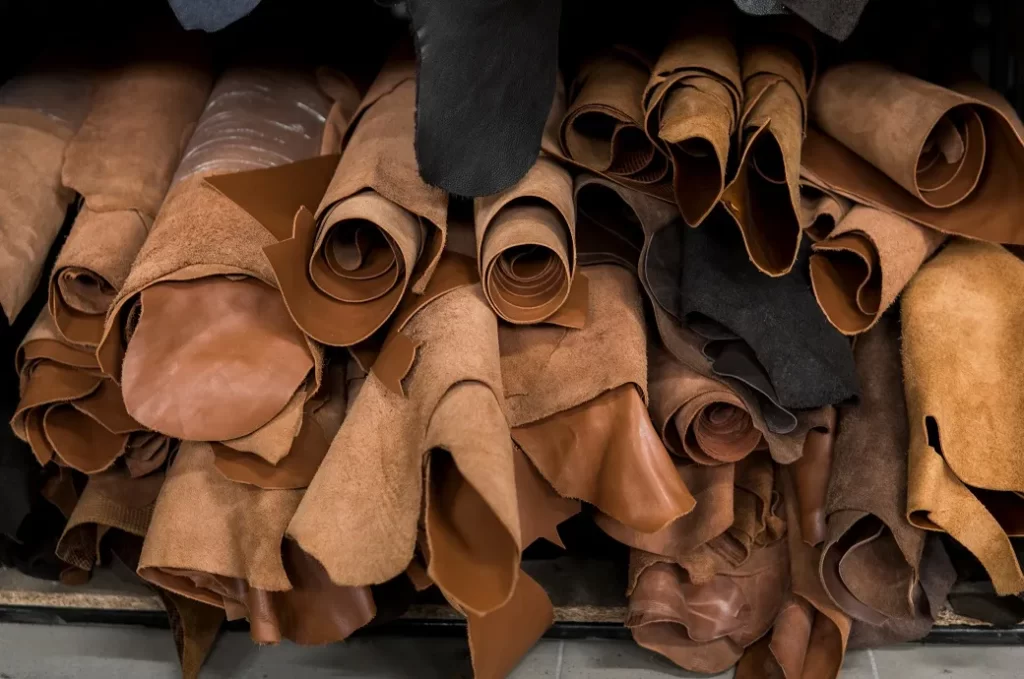

This article covers the top 10 largest leather-producing countries, their primary goods, and the factors that have contributed to their success.
The Role of the Meat Industry in the Leather Industry
For millennia, the leather industry has been a major force in world trade. Animal hides must be tanned and dyed to produce leather. As a significant amount of leather is produced by many animals, including cows, camels, pigs, goats, and sheep, it is a byproduct of the meat business. The usage of leather products in the shoe, fashion accessories, luggage, and automotive industries, to name a few, has made it one of the greatest marketplaces in the world today. 99% of leathers, according to Leather Naturally, are created as a by-product from animals. Livestock’s primary market is not for hides and skins but rather for meat and dairy products.
However, several activist groups allege that the hides and skins of animals are ruthlessly killed to make leather. According to PETA, leather is not good for the environment since it employs chemicals in tanning, which pollutes the ecosystem. Additionally, because it supports the leather industry, the meat industry also contributes to environmental destruction.
“With every pair of leather shoes that you buy, you sentence an animal to a lifetime of suffering. Instead, you can choose from hundreds of styles of non-leather shoes, clothing, belts, bags, and wallets.”
PETA
Blackbird: Setting the Standard for Ethical Leather Production
In the realm of accessories and clothing, Blackbird has made a name for itself as a distinctive brand that expertly blends fashion with moral principles. The core purpose of Blackbird is to create exquisite leather goods while upholding a strong sense of responsibility for both the environment and animals. In a time when ethical considerations are increasingly impacting consumer choices, Blackbird is a model of compassion and sustainability in the leather goods sector.
The business has received attention and praise for its unwavering commitment to preserving animal welfare and its innovative way of procuring leather. Blackbird’s innovative policy of only purchasing leather from animals that have reached their natural ends illuminates the company’s unusual opposition to the killing of animals for the production of leather.
Leather Exporter Countries Worldwide:
10. Pakistan


2.5% of global leather exports come from Pakistan. In 2020, the nation exported $7.5 billion worth of leather goods. In Pakistan, the Punjab region is home to a thriving cottage leather industry. According to projections, the Luxury Leather Goods market in Pakistan will reach US$12.05 million in 2028 after growing by -1.55% between 2023 and 2028. Between US$ 20.5 and US$ 40.5 per kilogram, or between US$ 9.3 and US$ 18.37 per pound (lb), is the retail price range for Pakistan leather in September 2023. Pakistani leather will likely cost between US$14.35 and US$28.35 per kilogram or between US$6.51 and US$12.86 per pound (lb) at wholesale in 2023.
Pakistan Imports of Raw hides and skins (other than furskins) and leather was US$43.53 Million during 2021.
United Nations COMTRADE database on international trade
Over the past five years, there has been a consistent rise in the export price of leather from Pakistan. The export price per kilogram in 2018 was $2.45, while in 2019 it rose to $2.60. The cost climbed to $2.75 in 2023, and then to $2.90 in 2021. According to the latest recent statistics, Pakistan exported leather for $3.05 per kilogram in 2022. Over the previous five years, Pakistan’s export price for leather has climbed 24.5% overall. Based on this pattern, it is predicted that Pakistan’s export price per kilogram of leather will be around $3.20 in 2023 and $3.35 in 2024.
Modern manufacturing facilities support traditional leatherworking techniques. Numerous items from Pakistan are exported, such as soccer balls, bags, gloves, and clothing made of leather. The application of international standards has improved quality and increased competitiveness. Through increased innovation, Pakistan’s exports of leather are expected to increase.
Pakistan is rich in agricultural products and has a large livestock population which plays an important role in the economy of Pakistan by producing around 13.0 Million Hides and 47.4 Million Skins per annum (2015-16).
Report by Leather & Footwear News – Asia
Read also – Real Leather vs. Vegan Leather | A Deep Analysis
9. Vietnam
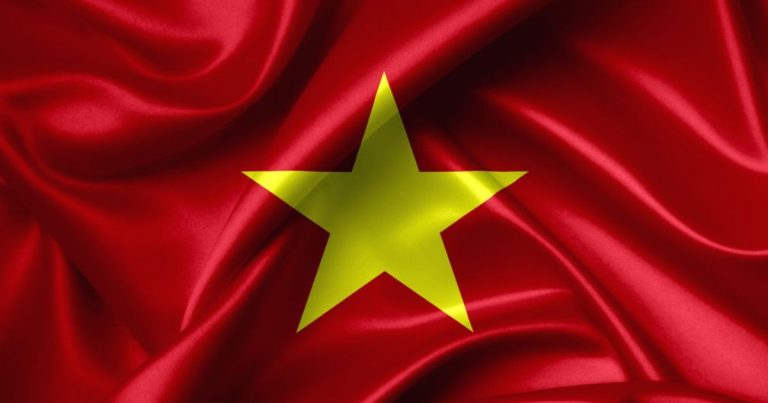

With $8.9 billion in leather exports, Vietnam accounts for about 3% of worldwide exports. Between US$ 8 and US$ 20 per kilogram, or between US$ 3.63 and US$ 9.07 per pound (lb), is the retail price range for Vietnam leather in September. Vietnam leather will likely cost between US$ 5.6 and US$ 14 per kilogram, or between US$ 2.54 and US$ 6.35 per pound, at wholesale in 2023. In 2023, it is anticipated that the market for leather and related products will have a value-added of €5.55 billion. Between 2023 and 2028, a compound annual growth rate of 9.53% is anticipated.
In 2023, it is anticipated that the leather and related products market will generate €17.22 billion in revenue, the nation has purposefully expanded its leather sector. Due to its affordable trained labor, Vietnam has developed into a manufacturing hub for large brands and sources leather from its neighboring nations. Vietnam’s footwear exports in July this year were worth $2.27 billion. Vietnam is positioned to rise in the rankings of the world’s leather exporters because of significant investments in tanning factories and manufacturing facilities.
Read also – Top 10 Most Expensive Jackets You Never Know About!
8. Turkey


3.5% of global exports go to Turkey, which will sell $10.4 billion worth of leather in 2023. During the first two months of this year of 2023, Turkey’s exports of leather and leather goods reached more than $311 million. In 2023, the Luxury Leather Goods segment will generate US$186.10 million in revenue. The market will continue to increase by -0.86% annually (CAGR 2023-2028). The nation, which is near Central Asia’s sizable sheep population, also exports goat and sheep skins in addition to bovine hides. Sheep leather cost $7.6 per square meter (CIF, Turkey) in March 2023, an increase of 224% from the previous month.
Leather is exported by Turkey for a variety of products, including upholstery, clothing, and shoes. The nation has a lengthy history of leathercraft, which translates into cutting-edge goods. However, Turkey wants to advance up the value chain and exports are primarily made up of intermediate merchandise.
Read also – Top 5 Leather Vintage Wallets Brands You’ll Ever Know!
7. South Korea


With exports totaling $12 billion, South Korea contributes 4% of the world’s leather sales. Although the nation lacks abundant supplies of leather, it has purposefully built its leather sector. According to projections, the South Korean market for luxury leather goods will rise by 4.88% between 2023 and 2028, reaching a value of 2.36 trillion won. Retail prices for South Korean leather in September 2023 varied from US$ 2.82 to US$ 5.89 per pound (lb) or from US$ 6.22 to US$ 12.99 per kilogram. South Korean leather will likely cost between US$4.35 and US$9.09 per kilogram or between US$1.97 and US$4.12 per pound (lb) at wholesale in 2023.
In order to make completed leather and a variety of products, South Korea sources hides from all over the world and employs cutting-edge technology. Shoes made of leather, clothing, purses, gloves, and auto upholstery are among the exports. South Korea, which emphasizes contemporary design and dependable quality, supplies major international brands.
Read also – Top 10 Leather Passport Cases: Style and Security Combo
6. Argentina
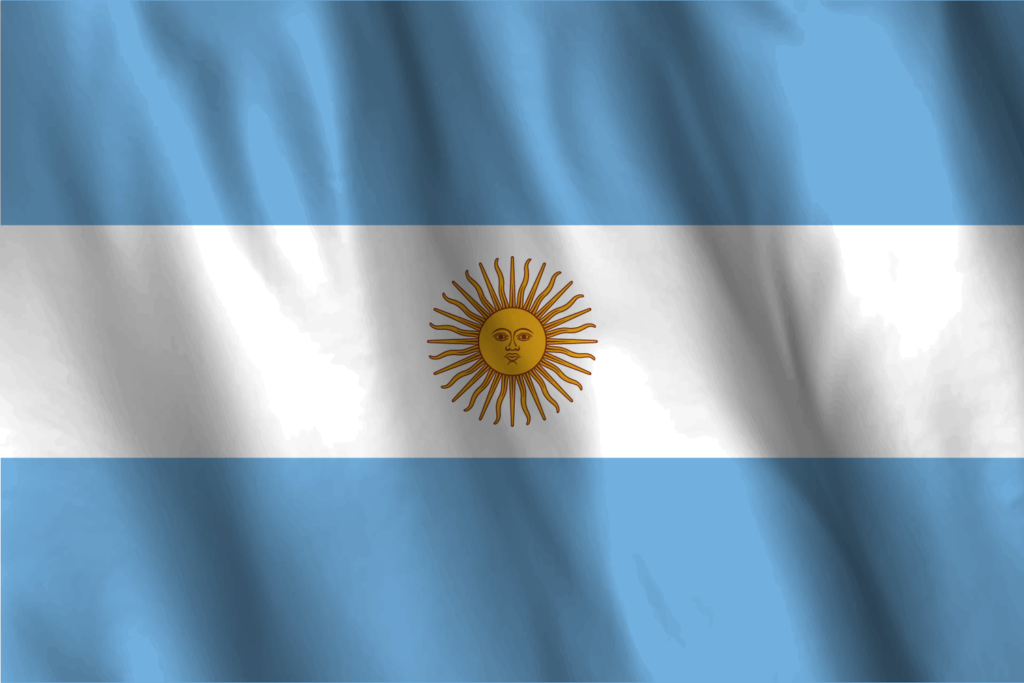

Argentina contributes $13.4 billion or 4.5% of the global leather export market. According to projections, the Luxury Leather Goods market in Argentina will reach US$4.47 million in 2028 after growing by -16.03% between 2023 and 2028. Argentina leather retail prices in September 2023 range from US$ 15. to US$ 25 per kilogram, or from US$ 6.8 to US$ 11.34 per pound. Argentina leather will likely cost between US$ 10.5 and US$ 17.5 per kilogram or between US$ 4.76 and US$ 7.94 per pound (lb) at wholesale in 2023.
The nation exports enormous amounts of wet blues and bovine skins as one of the top producers of beef. The quality of Argentine hides has become famous across the world. The export of leather footwear and furniture is another area where the nation does well. Argentina has yet to realize the full export potential of its finished leather goods. Argentina can advance beyond raw hide exports in the leather value chain with advances in technical education and production.
Read also – 10 Best Leather Passport Holder Brands You Can Trust!
5. Italy
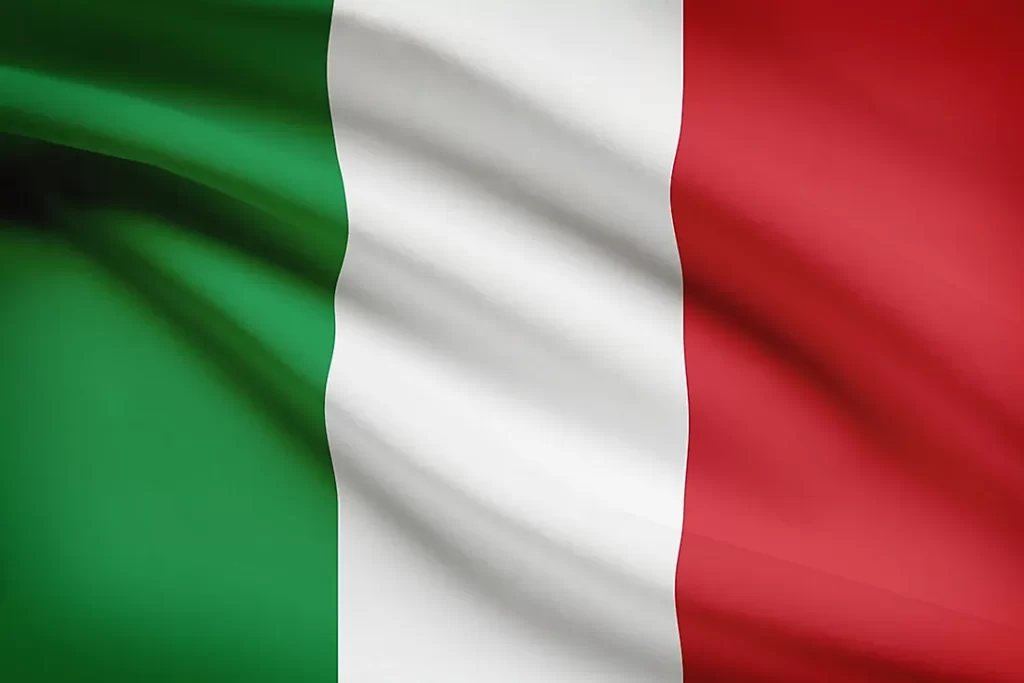

5.5% of leather exports, worth $16.3 billion, come from Italy. In 2023, the Luxury Leather Goods segment will generate $3.01 billion in revenue. According to the CAGR for 2023–2028, the market would grow by 2.94% annually. Between US$ 15 and US$ 80 per kilogram, or between US$ 6.8 and US$ 36.28 per pound, is the retail price range for Italy leather in September 2023. The estimated wholesale price range for Italy leather in 2023 is between US$ 4.76 and US$ 25.4 per pound (lb) or between US$ 10.5 and US$ 56 per kilogram.
High-end leather products, such as designer shoes, purses, jackets, and upholstery, are well-known throughout the nation. Leading names in luxury fashion worldwide include Armani, Prada, and Ferragamo. While concentrating on finished items with a high level of design, Italy imports raw hides for its leather industry. Italian leather companies are successful because of strong R&D, a skilled staff of artisans and craftspeople, and strength across the value chain. Italy is excellent at turning leather into highly sought-after luxury goods.
Read also – 10 Best Leather Vintage Wallets with Luxurious Look!
4. India


6.4% of the $19 billion in leather exports from India to the world in 2023. India leather retail prices in September 2023 range from US$3.45 to US$21.3 per kilogram, or from US$1.56 to US$9.66 per pound. India leather would likely cost between US$ 1.1 and US$ 6.76 per pound (lb) or US$ 2.42 and US$ 14.91 per kilogram at wholesale in 2023.
Bovine and small ruminant skins are a key export from the nation. India exports a variety of completed leather products, including gloves, clothing, shoes, and accessories made of leather. Cheap skilled labor offsets some of the expenses associated with production. Through integrated production, Tamil Nadu and Uttar Pradesh’s leather clusters have supported export growth. India’s competitiveness has increased as a result of adherence to quality and environmental requirements. To boost export growth, the nation wants to promote value addition.
Read also – How Leather Keychain Embrace Both Function and Fashion
3. Russia


Russian leather craftsmen have a long history and export goods made of leather worth over $21 billion. According to projections, the Luxury Leather Goods market in Russia will reach US$187.10 million in 2028 after expanding by 2.16% between 2023 and 2028. Russia leather will retail for between US$55 and US$135 per kilogram in September 2023, or between US$24.94 and US$61.22 per pound. Between US$ 38.5 and US$ 94.5 per kilogram or between US$ 17.46 and US$ 42.86 per pound (lb) is the estimated wholesale price range for leather from Russia in 2023.
The country is adept at making Polish leather, boots, and fur. The leather for use in upholstery is another big export. Russia imports tiny ruminant skins but procures the majority of its cow hides domestically. Technical training centers and design colleges provide qualified labor. Russian designer clothes that combine leather and fur are popular internationally.
Read also – 10 Leather Wallets to Suit Every Taste, Style, and Budget
2. Brazil
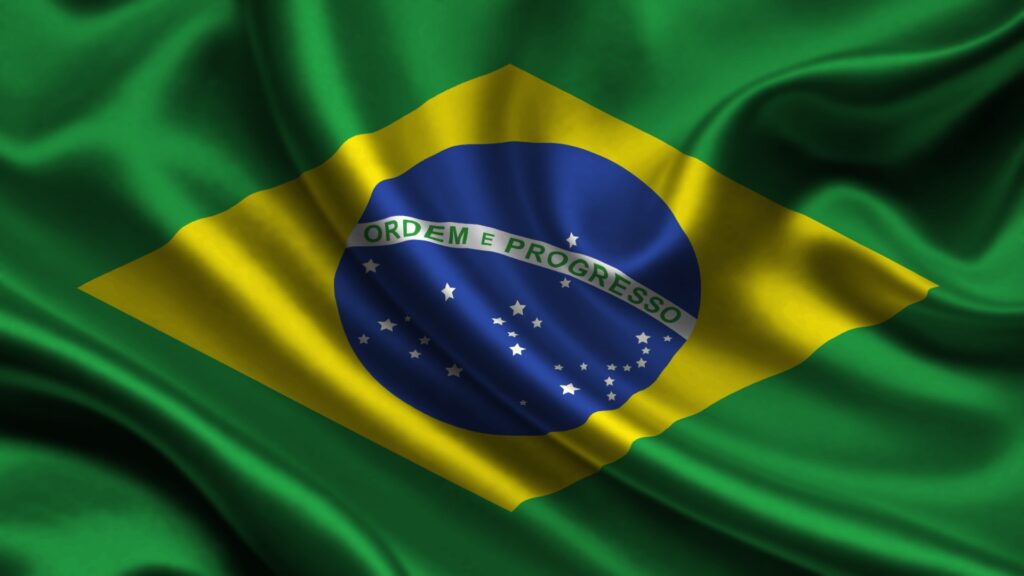

9.5% of the world’s leather exports come from Brazil. The nation exported leather goods worth $28.3 billion in 2023, principally shoes and bovine hides. In the Leather & Related Products market, value added is anticipated to reach US$3.84 billion in 2023. From 2023 to 2028, a compound annual growth rate of 3.31% is anticipated. Brazil leather will retail for between US$ 11.6 and US$ 12.26 per kilogram in September 2023, or between US$ 5.26 and US$ 5.56 per pound. The estimated US$ 8.12 to US$ 8.58 per kilogram or US$ 3.68 to US$ 3.89 per pound(lb) wholesale price range for Brazil leather in 2023.
Brazil, one of the world’s top producers of meat, benefits from a plentiful supply of raw materials because of its massive cattle population. Brazilian tanneries have become famous for their cutting-edge technology and environmentally friendly production processes. Additionally, the nation has a thriving market for footwear components that produce shoes at different price points for export markets. Brazil is in a good position for leather exports to increase.
Read also – 10 Best Leather Keychains for Your Daily Life Use
1. China
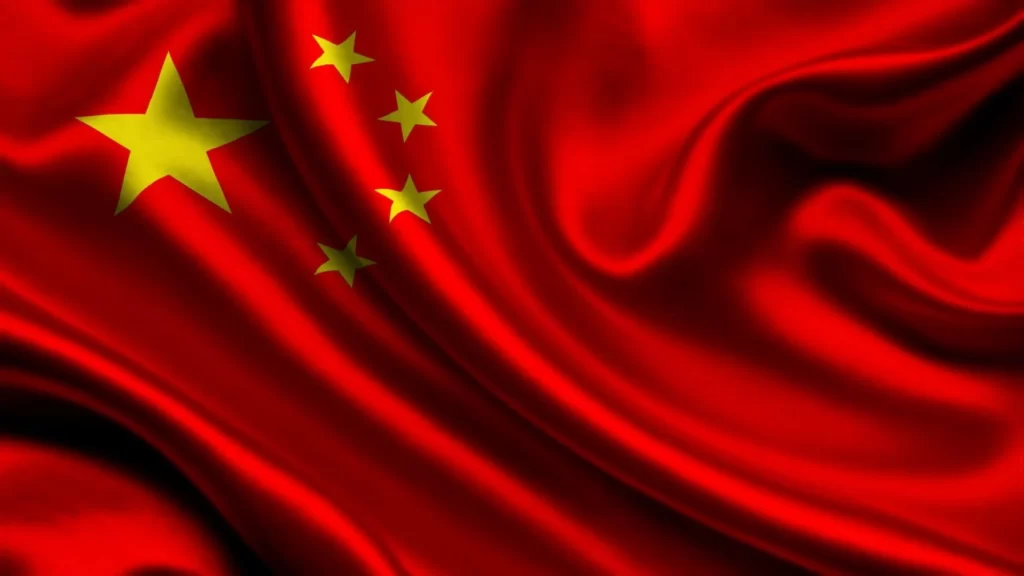

China is without a doubt the market’s top exporter of leather, accounting for 25% of worldwide exports. In 2023, the nation exported leather goods worth more than $74 billion. Revenue in the Luxury Leather Goods segment amounts to US$9.14bn in 2023. The market is forecast to grow by 4.95% yearly (CAGR 2023-2028). Between US$ 8.5 and US$ 12.5 per kilogram, or between US$ 3.85 and US$ 5.67 per pound, is the retail price range for China leather in September 2023. China leather will likely cost between US$ 2.7 and US$ 3.97 per pound (lb) or US$ 5.95 and US$ 8.75 per kilogram at wholesale in 2023.
China is a significant manufacturer of footwear, handbags, wallets, belts, upholstery, clothing, and a variety of other leather goods. A reservoir of competent personnel, dependable supply networks, and first-rate infrastructure support its enormous production capacity. Both locally produced leather and imports from underdeveloped nations are sources of leather in China. China is now a supplier for numerous international fashion and leather brands thanks to cost savings and superior technical and design capabilities.
Read also – 12 Eras of Leather Crafting History
Blackbird Exports Leather on Wholesale Rates Worldwide


One company stands out in the world of leather exports for its dedication to excellence, accessibility, and worldwide reach of Blackbird. As a well-known participant in the market, Blackbird has long been a dependable supplier of high-end leather goods at wholesale prices, catering to customers all over the world.
Competitive Wholesale Rates
Higher Profitability: Blackbird is aware of how crucial cost-effectiveness is for companies. Their affordable wholesale prices enable customers to increase their profits.
Global Reach
Rapid International Shipping: No matter where their business is located, Blackbird’s effective global shipping ensures that customers receive their leather items promptly.
Read also – Top 10 Genuine Leather Jackets for Men Under 100$!
Final Thoughts
In 2023, these 10 leather producing countries stand out as the leaders in the global leather industry, each contributing its unique strengths and qualities to the world of leather production. From traditional craftsmanship to modern innovation, the future of the leather industry remains bright and promising. In the global leather trade, advanced nations prioritize design, technology, and branding while poor economies take advantage of lower labor and raw material costs. The top exporting countries described above demonstrate various competitiveness strategies. Leadership in the business will be based on knowing customer preferences across markets, integrating the supply chain, and producing products sustainably.
FAQs
Q1. Which country exports the most leather?
China is the country that produces and exports the most leather and leather products. The Chinese leather sector produces over 4 billion square feet of leather annually, which is more than twice as much as Brazil.
Q2. Which country does Pakistan export leather to?
The top three export destinations for leather clothing from Pakistan were Germany, the United States, and the Netherlands, with market shares of 31.4%, 13.0%, and 8.7%, respectively.
Q3. Is leather from Pakistan quality?
Industry insiders claim that Pakistani leather quality and technique are second only to Italian leather in the world. There are over 800 tanneries in Pakistan, and the Pakistan Tanners Association currently lists 213 members who export finished leather and/or leather products.
Q4. Who are the biggest users of leather?
Europe Emerges as the Largest Consumer of Leather Goods
Furthermore, the area continues to be the market’s largest consumer thanks to the significant presence of nations with a prominent fashion industry, such as France and Italy. Europe is a significant player in the global leather trade.

